Later Vedic Period
by Devender
0 2736
The time period of the Later Vedic Period was from 1000 to 600 BC and it is the time marked with the arrival of the iron age.
Later Vedic Period
This period was marked by the invention of Painted grey ware for bowls & dishes and the origin of Sam Veda, Yajur Veda & Atharva Veda. According to Satapatha Brahamana "Rig Veda, Sama Veda & Yajur Veda constitutes Traya Veda & were composed by Aryans".
- Sama Veda:
- Book of chants
- Origin of Indian music
- For recitation, prayers of Rig Veda were set to tunes
- The modified collection is known as Sama Veda
- Yajur Veda:
- Contains hymns & rituals, sacrifices, Royal ceremonies
- Rajsuya & Vajpeya mentioned for the 1st time
- Written in verse and prose form
- Atharva Veda:
- Origin of Indian medicine
- Contains formulae, charms & spells to ward off evil & diseases
- Composed by a non-Aryan
- Brahmanas:
- Prose commentaries of all four Vedas
- 18 in number
- Most important is Satapatha Brahamanas
- full of ritualistic formulae & explains the social and religious meaning of rituals & sacrifices
- Aranyakas:
- Forest books Composed in forests
- Were meant to study in forests
- Describes the lifestyle of Sanyasis in forests
Later Vedic Period's Developments
Satapatha brahamanas alludes to the development of Aryans into eastern Gangetic fields for example Aryans extended from Punjab to the entire of Uttar Pradesh covered by Ganga - Yamuna Doab while Kuru occupied the upper portion of the doab along with Delhi. Kurus set up their capital in Hastinapur and soon they formed an alliance with Panchalas who occupied the middle portion of the doab. This era also marks the famous Mahabharata war at the land of Kurus i.e. Kurukshetra.
People of this era didn't know the use of brunt bricks as mud structures were found in Hastinapur. The city of Hastinapur was totally flooded and the people of the Kuru clan moved to Kaushambi near Allahabad.
The people of this era succeeded in expansion in the second phase because of the use of iron weapons and chariots drawn by horses. Iron first appeared in the Dharwar district of Karnataka & at Gandhar around 1000 BC. It was called Shyama or Krishana Aya which means Black metal.
Agriculture was the chief means of livelihood for these people and Wheat & Rice were the main crops. The use of wooden plowshare also started in this era. Vedic people came to the knowledge of rice first time in this era and they used to call it Vrihi.
The term Rashtra which means territory was used in this period and the famous pottery of this era was Painted Grey Ware and Northern Black Polished Ware.
- Famous King’s ceremony of this age:
- Rajasuya Sacrifice: It was supposed to confer supreme power on oneself
- Vajapeya: It was a chariot race in which royal chariot was made to win the race against his kinsmen
- Ashvamedha: Unquestioned control over the area over which the royal horse passed uninterrupted and if interrupted the king had to slay whoever did it
- Administration of Later Vedic Period:
- Societal Division in Later Vedic period:
- Power of Brahamanas was greatly increased and practice of sacrifice was added to their powers
- Vaishyas were placed in the category of Dvija or Twice born
- Vaishyas were regarded as only tax or tribute payers on which Kshatriyas & Brahamans lived
- Upanayana or investiture with sacred thread according to Vedic mantras were given to all three higher vernas
- Shudras were not only allowed to carry out sacred thread ceremonies & recitation of Gayatri Mantra
- According to Aitareya Brahmana:
- This period tells us about three divisions of India: Aryavrata (Northern India), Madhyadesha (Central India), and Dakshinpatha (Southern India)
- This period mentions 4 types of ashrams: Brahmachari (For students), Grihastha (For householder), Vanaprastha (Hermit), and Sanyasin/Ascetic (For some who renounced the world completely)
- Gods of Later Vedic period:
- Status of women in the Later Vedic period:
During this period, assemblies lost their importance and royal power increased a lot. Although Sabha & Samiti continued, women were no longer allowed to take part in it and it was dominated by nobles and brahamanas.
The collection of taxes and tributes became very common and its responsibility was given to a person known as Sangrihitri. During this time, the king never had a standing army and used to gather tribal units at the time of war.
This period was divided into four vernas: Brahamanas, Kshatriyas/Rajanas, Vaishyas, and Shudras.
However, certain sections of the artisans such as Rathkaras/Chariot makers enjoyed a higher status & were allowed to sacred thread ceremony.
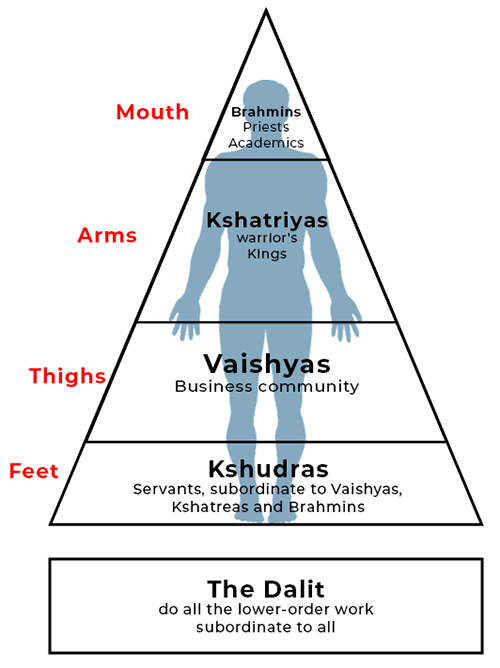
Brahamana is described as a seeker of livelihood and acceptor of gifts in relation to the prince but removable at will while a vaishya is a tribute payer, meant for being beaten & oppressed at will.
Whereas, Shudras are servants for another who w=are meant to be beaten and made to work at their will. Institution of Gotra appeared in this era which meant Cow pen that is a place where cattle belonging to a whole clan were kept. Marriage between two persons who belonged to the same Gotra was prohibited.
However, these ashrams were not applicable to women & people of lower varnas.
During this era, two mostly focused gods of the Rig Vedic era Indra & Agni lost their importance while Prajapati (The creator), Rudra (The destroyer) & Vishnu (the Protector of the people) occupied the supreme position. Pushans (Supposed to look after cattle) became the god of Shudras and Signs of Idolatry appeared in this era.
Even the mode of worship changed as sacrifices along with formulae(Mantras) carefully pronounced by sacrifier were given more importance than just prayers. The Sacrifier was known as Yajamana (Performer of Yajna) & Guests were known as Goghna (Fed on cattle) and the sacrifices mainly involved the killing of animals at large scale especially cattle.
These formulae, rituals & sacrifices were invented by the priests known as brahamanas who claimed to be the only ones with priestly knowledge. Even during this time, although the importance of brahamanas, lands were not given to them as gifts.
The status of women saw a huge decline during this time as compared to older times. They used to work head to head with men in various lines but now they were made to do only household work and men used to go work in fields to grow grains.
They were deprived of education, Upanayana ceremony, and to attend assemblies. Child marriages became very common but still, Purdah and sati were not common.
Upanishads
Nearly at the end of Vedic period, a strong reaction against the priests' domination, cults, and rituals began to prosper mainly in the lands of Panchalas & Videha due to which Upanishads were compiled. Upanishads were mainly philosophical texts criticizing the rituals & putting the focus on Right belief & Right knowledge of self that is the relation of aatma with brahama.
It describes the dialogues between gurus and their shisyas. Upanishads were probably written by Kshatriyas and Brahma emerged as the supreme entity in it. These followed the principle of Jnana which is True knowledge for peace, Changelessness, Indestructibility & immortality of the soul, and Salvation.
At the end of the Later Vedic period, territorial kingdoms such as Panchala Janapada, Koshala Janapada, etc. started to emerge and wars were fought not only for cattle but also for territory.

Share:

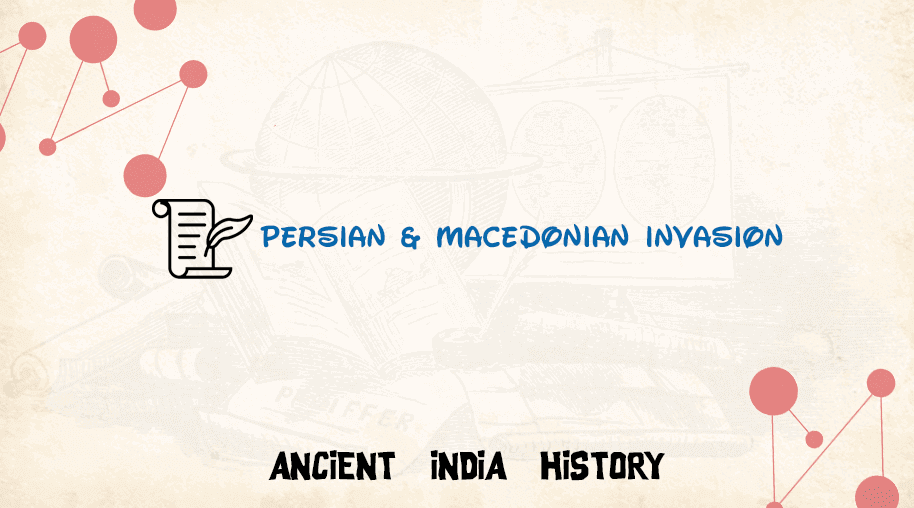
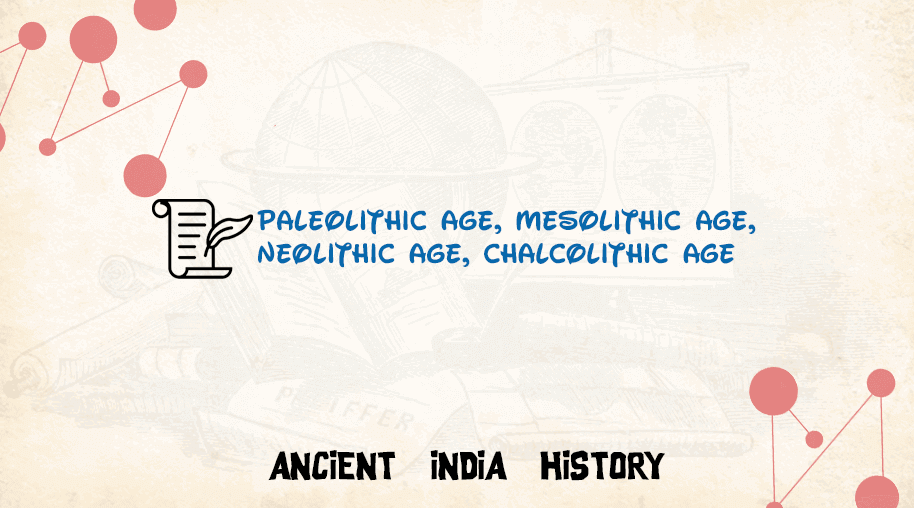
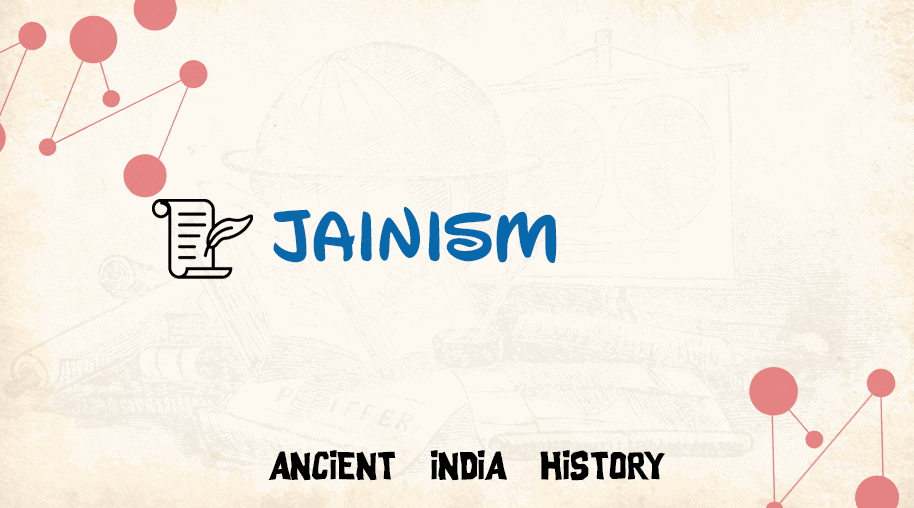
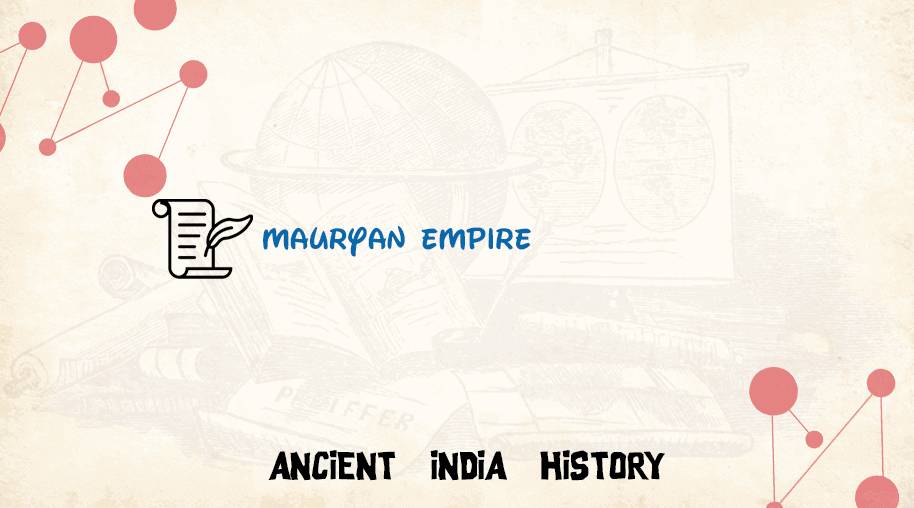


Comments
Waiting for your comments